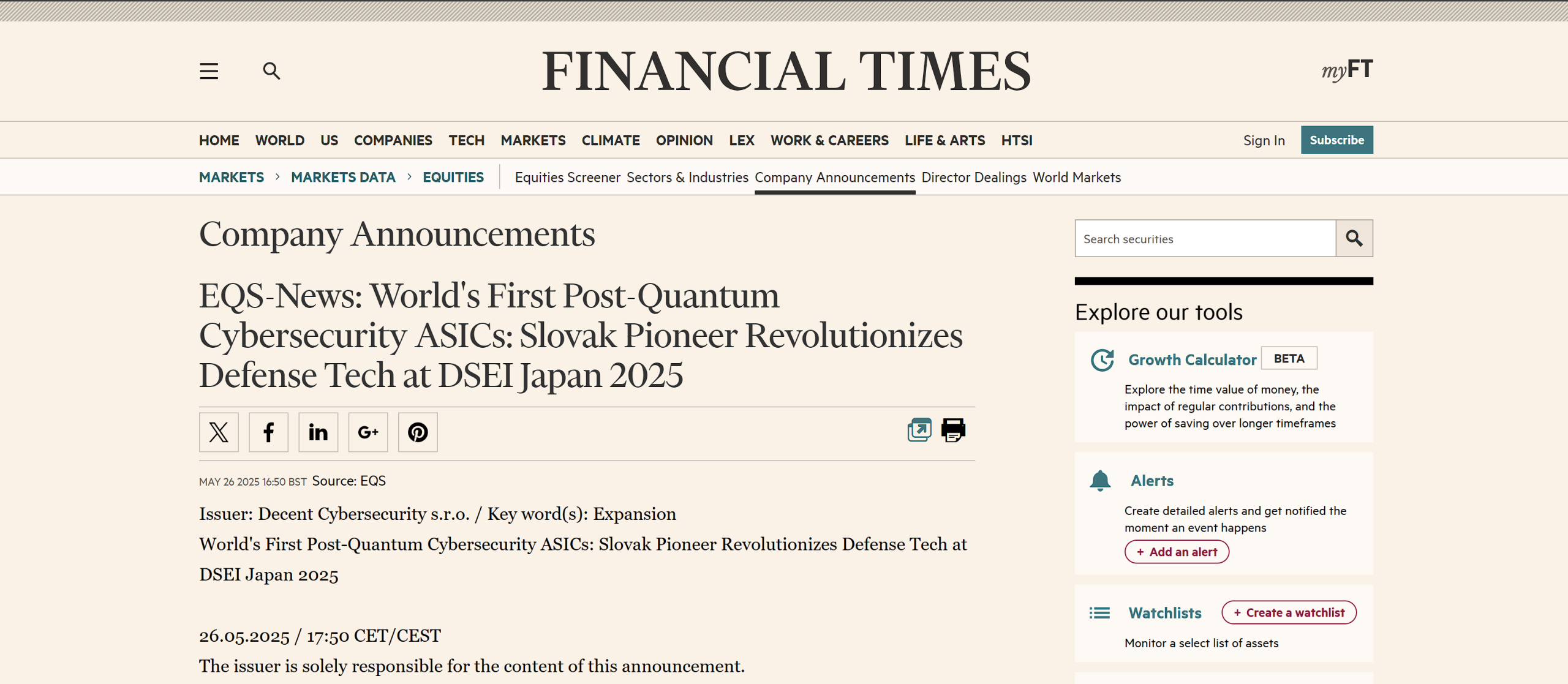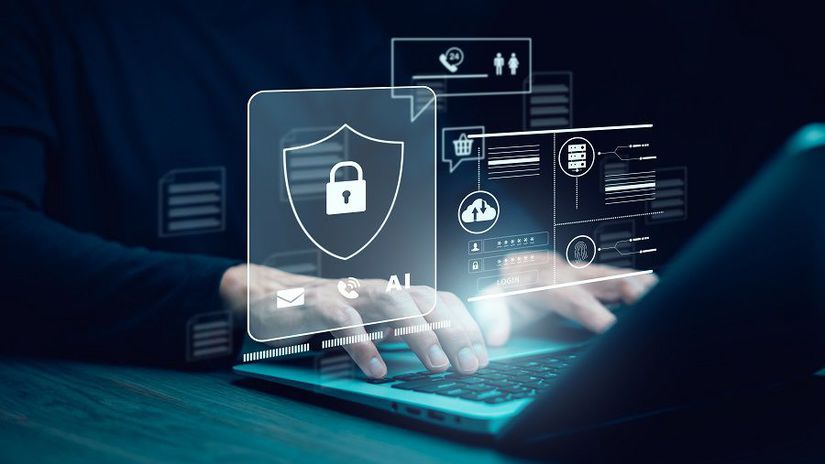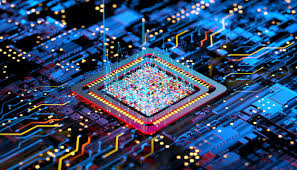Quantum Radar Systems
Quantum radar systems, leveraging the principles of quantum mechanics such as entanglement and superposition, promise superior detection capabilities, particularly against stealth technology. As digital transformation reshapes defense and aerospace capabilities, blockchain technology emerges as a promising enhancement for quantum radar systems, offering a new layer of security, reliability, and efficiency. This article explores the potential benefits of integrating blockchain technology into quantum radar systems, ensuring heightened operational integrity and strategic advantage.
Enhancing Quantum Radar Systems with Blockchain
Blockchain technology, known for its robust security features and decentralized nature, can significantly augment the functionality of quantum radar systems in several ways:
Immutable Data Records
Blockchain provides a tamper-proof ledger where all transactions or data exchanges are immutably recorded. Applying this to quantum radar systems can ensure that all communications and detection data are permanently and securely logged. This capability is crucial for post-mission analysis and for legal accountability in surveillance and combat situations.
Enhanced Security and Trust
Blockchain’s decentralized nature eliminates single points of failure, which enhances the security and resilience of quantum radar systems against cyber-attacks, including data tampering and spoofing. The cryptographic protection inherent in blockchain ensures that data exchanged across the network is secure from unauthorized access.
Real-Time Data Sharing
Blockchain can facilitate real-time, secure data sharing among various units and allied forces. This capability ensures that all entities in the network have up-to-date and consistent information regarding object detection and identification, reducing the risk of miscommunication and enhancing coordinated efforts in joint operations.
Reduced Operational Latency
By streamlining the verification processes through a decentralized network, blockchain can reduce the time it takes for quantum radar systems to confirm object statuses. Faster processing speeds can lead to quicker decision-making in the field, potentially saving lives and increasing mission success rates.
Interoperability Between Allied Forces
Blockchain platforms can be designed to enhance interoperability among different military systems used by allied forces. A unified blockchain-based quantum radar system could enable seamless communication and detection processes across multinational coalitions without the need for extensive integration efforts.
Increased Transparency and Accountability
With blockchain, every transaction is traceable and auditable without compromising the security of the data. This feature increases transparency in military operations and enhances accountability, particularly in joint operations involving multiple countries or units.
Automation Through Smart Contracts
Blockchain can automate various processes within quantum radar systems through smart contracts that execute predefined rules. For instance, updates to detection algorithms can be automatically distributed and applied across the network, ensuring that all units operate with the most current information without manual intervention.
Scalability for Future Technologies
As quantum radar systems evolve with advancements in technology, blockchain offers a scalable solution that can accommodate future developments, including the integration of artificial intelligence and machine learning for automated threat assessment and identification.
Commercial and Business Benefits
The commercial and business benefits of integrating blockchain with quantum radar are substantial. Enhanced data security and system integrity can lead to increased trust from stakeholders, including governments, defense contractors, and commercial clients. This trust can translate into greater investment and collaboration opportunities. Moreover, the ability to provide a clear audit trail and immutable records can streamline compliance with regulatory requirements, reducing legal risks and associated costs. Decentralized control and enhanced reliability can reduce operational downtime, leading to cost savings and improved system performance. Additionally, the secure and transparent tracking of maintenance and upgrades can extend the lifespan of quantum radar systems, providing long-term cost efficiency.
Challenges and Considerations
Several challenges and considerations must be addressed to realize these benefits. Scalability is a critical issue, as the current blockchain technology may struggle to handle the high data throughput of quantum radar systems. Future advancements in scalability solutions, such as sharding and off-chain transactions, are essential. Latency is another concern, as real-time operation of quantum radar requires low-latency data processing, which can be challenging for blockchain due to its consensus protocols. Optimizations and hybrid solutions may be necessary to address this. Ensuring blockchain’s cryptographic algorithms are resistant to quantum attacks is crucial, as quantum-resistant algorithms must be integrated to secure blockchain data against future quantum computing threats. The complexity of integrating blockchain with quantum radar adds another layer of challenge, requiring a multidisciplinary approach involving expertise in quantum mechanics, cryptography, and blockchain technology.
Conclusion
Integrating blockchain technology into quantum radar systems offers significant benefits for data security, system reliability, and operational efficiency. The commercial and business advantages include increased stakeholder trust, streamlined compliance, reduced operational downtime, and long-term cost efficiency. While challenges remain, ongoing research and development, coupled with collaborative efforts, will pave the way for the successful implementation of this innovative combination, revolutionizing the defense and aerospace sectors. The fusion of blockchain and quantum radar represents a groundbreaking advancement in secure and reliable detection technologies. By leveraging the strengths of both technologies, it is possible to create a robust framework that addresses current limitations and sets the stage for future innovations. As research progresses, the practical implementation of this integration will likely revolutionize defense and aerospace industries, providing unprecedented capabilities in data security and system integrity.





